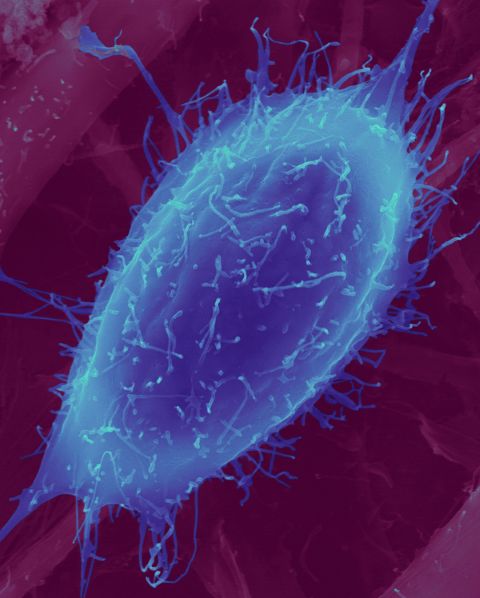
Figure 1: A scanning electron micrograph of a muscle myoblast differentiating into a skeletal muscle cell. Two RIKEN researchers have found that the protease calpain-5 regulates key aspects of this process. © DENNIS KUNKEL MICROSCOPY/SCIENCE PHOTO LIBRARY
A new role of calcium in the development of muscles has been uncovered by two RIKEN biologists1.
Stress is generally damaging and destructive, but it can sometimes spur productivity and creation.
This dichotomy was highlighted by a previous study by Nobuhiro Morishima and his colleagues at RIKEN, where they found that the development and maturation of muscles are promoted by cellular stress caused by calcium depletion from the endoplasmic reticulum.
Now, fresh observations by Morishima and Yoshihiro Ito, both at the RIKEN Nano Medical Engineering Laboratory, have revealed that the change in the intracellular calcium dynamics causes not only cellular stress but also degradation of specific proteins in myoblasts before they form myotubes-the immature form of myofibers, which are the fundamental building blocks of muscle fibers.
The discovery was "the product of a kind of serendipity," Morishima says.
The two researchers investigated the behaviors of various proteins that regulated cell proliferation or cell differentiation, and they detected calcium-dependent cleavages of some 'transcription factor' proteins during cellular stress.
Calpains are proteases-enzymes that selectively degrade other proteins. However, their function remains poorly understood despite decades of research.
The two researchers quickly homed in on a calpain known as calpain-5. They found that this enzyme undergoes rapid activation in the early stages of myoblast differentiation-a crucial process in the formation of muscle tissue.
Calpain-5 subsequently degrades two transcription factors, which coordinate the activation and deactivation of various target genes. There might be more transcription factors to be found as the substrates of calpain-5.
When Morishima and Ito reduced the production of calpain-5 by manipulating myoblast cells, the resulting myofibrils exhibited a wide range of structural and functional irregularities. These included reduced production of several proteins that are essential for the proper function of muscles.
This was surprising at multiple levels. "The conventional understanding of proteome change during myoblast differentiation is that it is principally achieved by the action of myogenic transcription factors," says Morishima.
These findings reveal that the enzymatic processing of existing proteins is a key driver for the process. They also demonstrate that calpain activation is not solely the consequence of abnormal cellular conditions or disease-it also contributes to normal physiological processes in healthy cells.
The pair now hopes to delve deeper into this activation process and its downstream consequences. This includes gaining a clearer understanding of how this enzymatic digestion process enables the properly orchestrated production of essential muscle fiber proteins.

Nobuhiro Morishima (shown here), together with colleague Yoshihiro Ito, has revealed how the late stages of muscle development are driven by a protein degradation process usually associated with unhealthy cellular stress. © 2025 RIKEN






